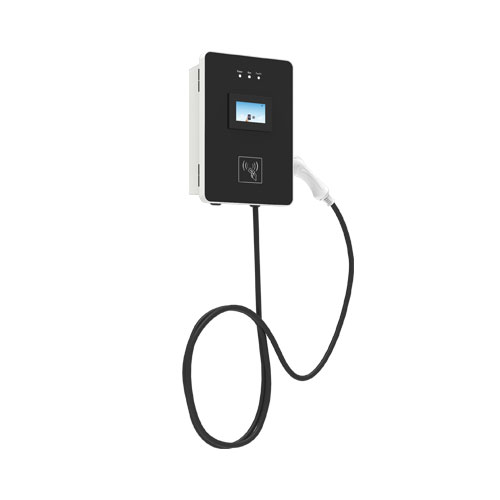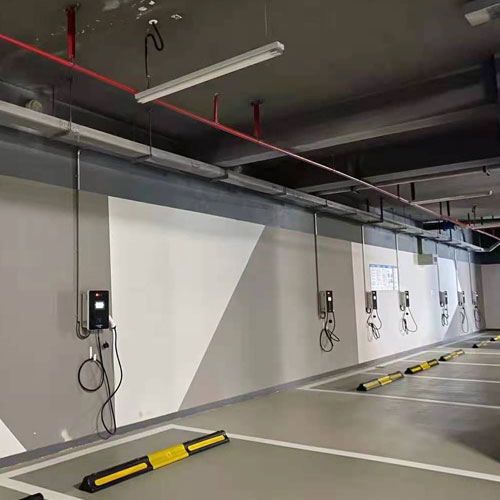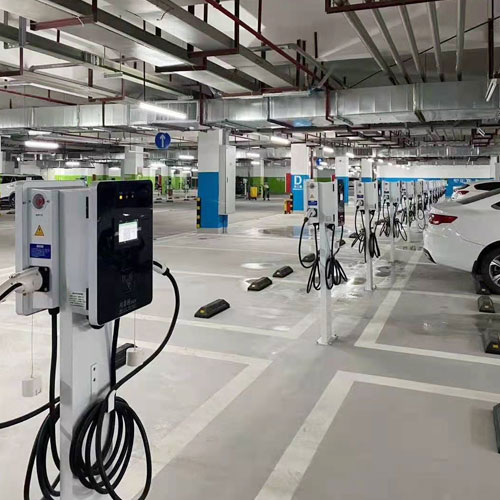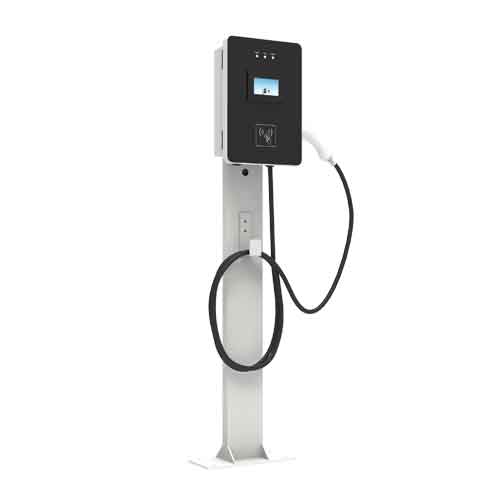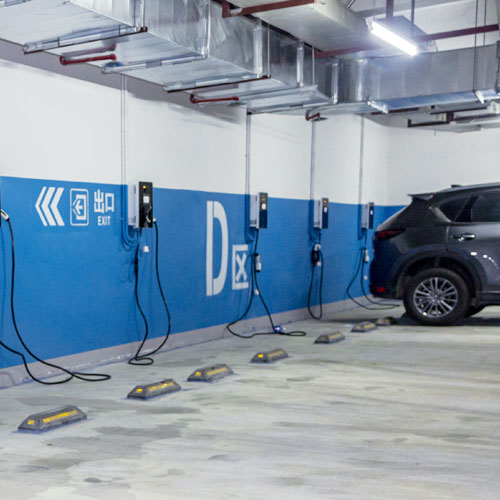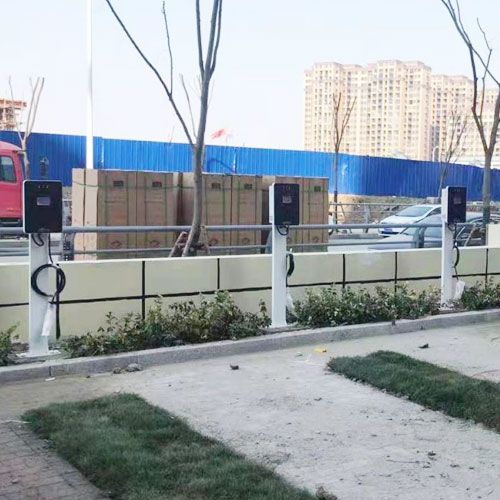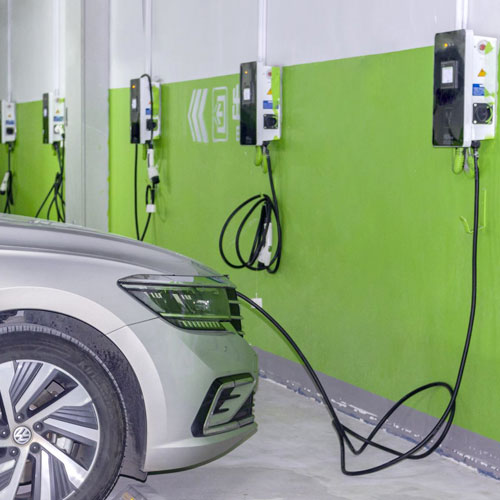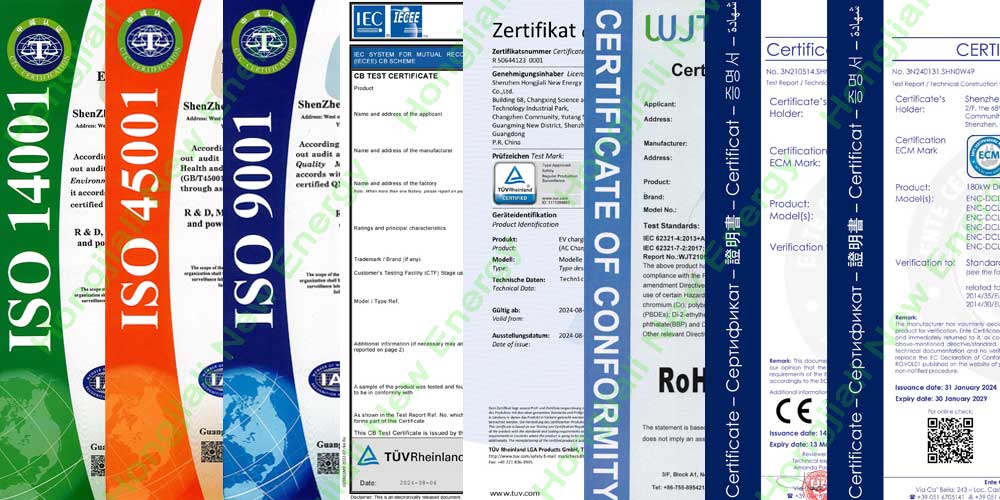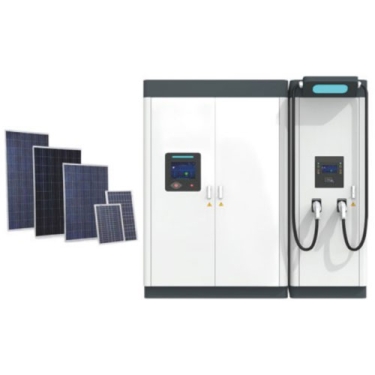AC level 2 EV charging products that meet the standards in North America, specifications (220-240Vac input, Type 1 SAE 1772 plug), compatible with electric vehicles that meet the SAE J1772 interface standard, with multiple safety protection mechanisms and intelligent control systems, as well as good durability and weather resistance. Suitable for charging needs at home, office or public places, compatible with electric vehicles widely used in North America, with reliable quality and performance.
The technical parameters of AC level 2 EV charging products that meet the standards in North America are as follows:
Parameters | Requirements | |
General Requirements | ||
EV Charger Type | AC | |
Charger Capacity | 7KW | 11KW |
Equipment size | L293*W140*H418 / L324*W161*H1430(mm) | L359*140*H510(mm) |
Product Model NO. | ENC-ACB/L007A | ENC-ACB/L011A |
ANSI-ACB/L007A | ANSI-ACB/L011A | |
Mounting | Wall-Mounted/Column Type | |
Input Requirements | ||
AC Supply System | Single-Phase, 3 Wire AC system | Single-Phase, 3 Wire AC system(ANSI) |
Three-Phase, 5 Wire AC system(ENC) | ||
Nominal Input Voltage | AC220V±15%(ENC) | AC380V±15%(ENC) |
AC240V±15%(ANSI) | AC240V±15%(ANSI) | |
Input Frequency | 50±3Hz | |
Environmental Requirements | ||
Ambient Temperature Range | -25 to 55°C | |
Ambient Humidity | 5 to 95% | |
Storage Temperature | -40 to 70°C | |
Mechanical Requirements | ||
IP Ratings | IP 55 | |
Cooling | Natural Cooling | |
Output Requirements | ||
Number of Outputs | 1 | |
Type of Each Output | AC220V±15%(ENC) | AC380V±15%(ENC) |
AC240V±15%(ANSI) | AC240V±15%(ANSI) | |
Single Output Max.Current | 32 Amp | 16 Amp/50 Amp |
User Interface & Display Requirements | ||
Display & Touch-Screen Size | 4.3 Inches Screen | |
User Authentication | QR Code/RFID Card /Password Login | |
Metering Information | Consumption Units | |
Communication Requirements | ||
Communication between EVSE and Central server | OCPP 1.6J Protocol (Optional) | |
Interface between Charger and CMS | Ethernet/3G/4G/WIFI (Optional) | |
Protection & Safety Requirements | ||
Executive Standard | IEC 62196 2017, IEC 61851 2017, SAE J1772, etc. | |
Safety Parameters | Over Current, Over Voltage, Under Voltage, Residual Current, Surge Protection, Leakage Protection, Short Circuit, Over Temperature, etc. | |
